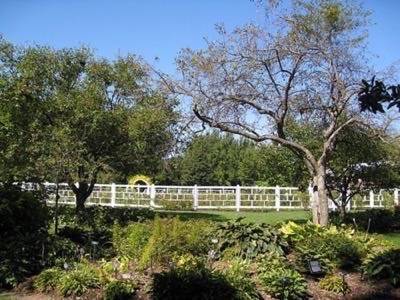Life itself is the biggest of all big data. The amount of information contained within one leaf is staggering, but the information contained within 6.3 million plant specimens staggers. Currently, those samples are contained in two buildings of the Missouri Botanical Garden (MBG) in St. Louis. But soon, they will all be online.

Did I say soon? I meant eventually. A team at the Garden, one of the largest repositories of botanical information in the world, is photographing and uploading the samples one leaf, seed, pod and stalk at a time. So far, after reviewing just under 4 million, they have uploaded 160,000 images.
PopSci quotes Chris Freeland, director of the Center for Biodiversity Informatics at the Missouri Botanical Garden on the topic of the biodiversity of big data.
“Biodiversity science isn’t often looked at as data-intensive, or as Big Data. But what we have is base data for all other science. These little plants, these pieces of information, are part of the knowledge ecosphere that we have about life on Earth, and we need to know everything we can about all of them.”
In addition to the 6.3 million samples, all pressed and held in old fashioned manila envelopes on miles of wheeled shelving, the MBG also has thousands of books on botany, many first editions, and thousands of real live plants growing on about 80 acres in downtown St. Louis.

In addition to this morphological data, the Garden also has a DNA data bank, with 11,000 samples. Old collections cannot be tested for their DNA as it would irreparably harm the samples, so the look of the plants is paramount. The Garden, PopSci reports, is “working with the Royal Botanic Gardens in the U.K. to build new imaging equipment to scan the samples in super-high resolution, so botanists can zoom and pan and see detail.” They are also one of the institutions involved in the Encyclopedia of Life, an ambitious product to catalogue every species on earth by 2017.
In all the collections around the world there are probably as many as 400 million samples. To consult them required either a visit to the specific herbarium or a mail request. By putting them online, the Missouri Botanical Garden is democratizing that data. Within the academic world alone it will enable scientists to do more work, quicker and with more ease.
For more ReadWriteWeb coverage of digital botany, see David Strom’s post on the US Virtual Herbarium and the Open Science Network for Ethnobiology and Josh Cantone’s original article on the Encyclopedia of Life.
MBG photos by Chris Yunker

















